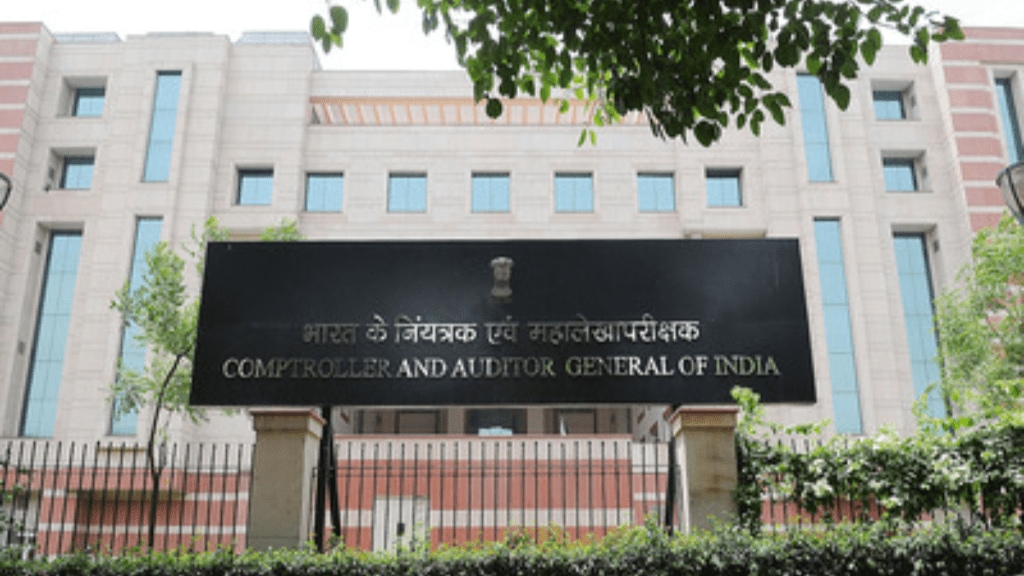Amid criticism about some state governments’ budgeting practices and their allegedly inadequate planning for revenue shocks, the Comptroller and Auditor General of India (CAG) has urged all states to adopt the Odisha model by establishing a budget stabilisation fund to create fiscal buffers for challenging periods.
Odisha, the only state to establish such a fund right after the Covid-19 pandemic, has already built a corpus of around Rs 21,000 crore by diverting a share of surging mining revenues since FY23.
This is showcased as “best practices” to state finance secretaries at a recent CAG-organised conference in Delhi.
“The Odisha budget stabilisation fund was recognised at the conference as an excellent practice that states with surplus funds can emulate,” said Deputy CAG Jayant Sinha.
Each year, the state transfers funds to the corpus, which is held outside government accounts and managed by the Reserve Bank of India (RBI). Functioning like a sub-national sovereign wealth fund, it is invested in government securities and continues to grow.
“If a crisis or emergency arises in Odisha tomorrow, the state can draw from the Budget Stabilisation Fund without excessive borrowing,” Sinha explained.
The conference for finance secretaries aims not only to standardise public financial management practices but also to exchange best practices, he added.
Unlike the RBI, which engages states primarily on debt management, the CAG provides a comprehensive 360-degree perspective on state operations.
“We interact with them on accounting, auditing, and financial management at every level,” Sinha noted.
States with surplus funds during good times, like Odisha, should consider similar funds, he recommended.
Odisha achieved this through post-COVID mining revenues of about Rs 50,000 crore annually, driven by commodity price surges. Mining accounts for over 90% of its non-tax revenue, 45% of state revenue, and 26% of total receipts. Highly sensitive to price shocks—and with the state vulnerable to cyclones like natural disasters—Odisha aims to expand the fund to Rs 50,000 crore to mitigate budgeting disruptions.
“States with surplus funds should set up such a mechanism; it will prove useful eventually,” Sinha said.
The RBI has also praised Odisha’s success in reducing debt and liability ratios and interest payments.
In the Niti Aayog’s Fiscal Health Index Ranking released earlier this year, Odisha led the debt index with a score of 99 (out of 100) and debt sustainability at 64. It has sustained low fiscal deficits, a strong debt profile, and an above-average capital outlay-to-GSDP ratio. Bolstered by robust mining non-tax revenues, Odisha’s 2023-24 fiscal deficit was 1.7%, with debt-to-GSDP at 16%—well below the 25% FRBM target.

